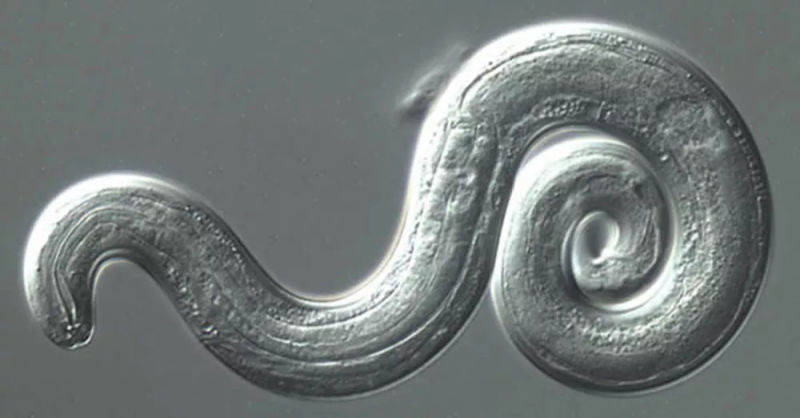
La cognizione quantica è una disciplina emergente che applica il formalismo matematico della teoria quantistica per esplorare e modellare fenomeni cognitivi, come l'elaborazione delle informazioni da parte del cervello umano, supera i limiti e le carenze del dualismo cartesiano e la teoria generale quantistica. È stata proposta una teoria della coscienza quantistica, in gran parte controversa, poiché la Fisica Quan-tistica si applica al mondo subatomico e non alle macrostrutture, come il cervello. Patterns di comportamento caotico possono essere riscontrati nell'attività neuronale e l'applicazione di modelli caotici sembra essere rilevante per la ricerca mente-corpo e il processo di trance.



In questa prospettiva, l'interfaccia mente-corpo rappresenta un sistema caotico, governato dal principio di probabilità, come evidenziato nella fisica subatomica e nella meccanica quantistica, piuttosto che dal principio de-terministico di causalità. Per superare la dicotomia tra mente e corpo, viene proposto un nuovo paradigma basato sulla teoria dei sistemi complessi caotici e sulla meccanica quantistica. Il modello dualistico mente-corpo risulta da tempo inadeguato sul piano sia epistemologico che clinico. As hypnosis is a state of consciousness, it applies to hypnotic cognitive functioning rather than hypnotic structure. Quantum cognition is an emerging field that applies the formalism of quantum theory to model cognitive phenomena such as information processing by the human brain it overcomes limits and shortcomings of cartesian dualism as well as quantum general theory. A quantum consciousness theory has been proposed, largely controversial, since quantum physics applies to subatomic world and not to macrostructures, such as the brain. Neuronal activity shows many patterns of chaotic behavior, and applications of chaotic patterns seem to be relevant for research regarding the mind–body relationship and the process of trance. The mind–body interface represents a chaotic system, ruled by the probability principle, as shown in quantum mechanics. The inherent complexity and neurophysiological neuronal necessary for transduction or perception of the larger field of consciousness, and this field is accessed when someone is near to death, or dies.Ī novel, heuristic model based upon chaotic complex systems theory and quantum mechanics is proposed to overcome the dichotomy between mind and body. The nervous system does not produce the consciousness field and consequently to seek consciousness "within" the physical circuitry of the brain is useless, just that it is seeking the screen image in the physical circuits of a TV.

Concepts have been proposed as primary order, implicate order, which have conceptual approach and definition from physics. I another hand, the field of consciousness is a concept which has been approached by different disciplines, called in different ways, seems to behave with the physical properties of the fields in the order of physics. Neurophysiological research link the described phenomena of NDE consisting in cognitive, emotional, paranormal and transcendence components, with neurological substrate at temporal lobe, the amygdala, dorsal raphe nucleus, and with different neurotransmitter systems, given the findings of patients with temporal lobe epilepsy. NDEs are caused by various situations such as accidents, serious illness, suicide attempts, surgery or birth, they do not influence the content of the NDE. NDE is experienced at the time of being near to death, or before biological death. The near-death experiences are a complex phenomenon that occurs across different cultures and times.


 0 kommentar(er)
0 kommentar(er)
